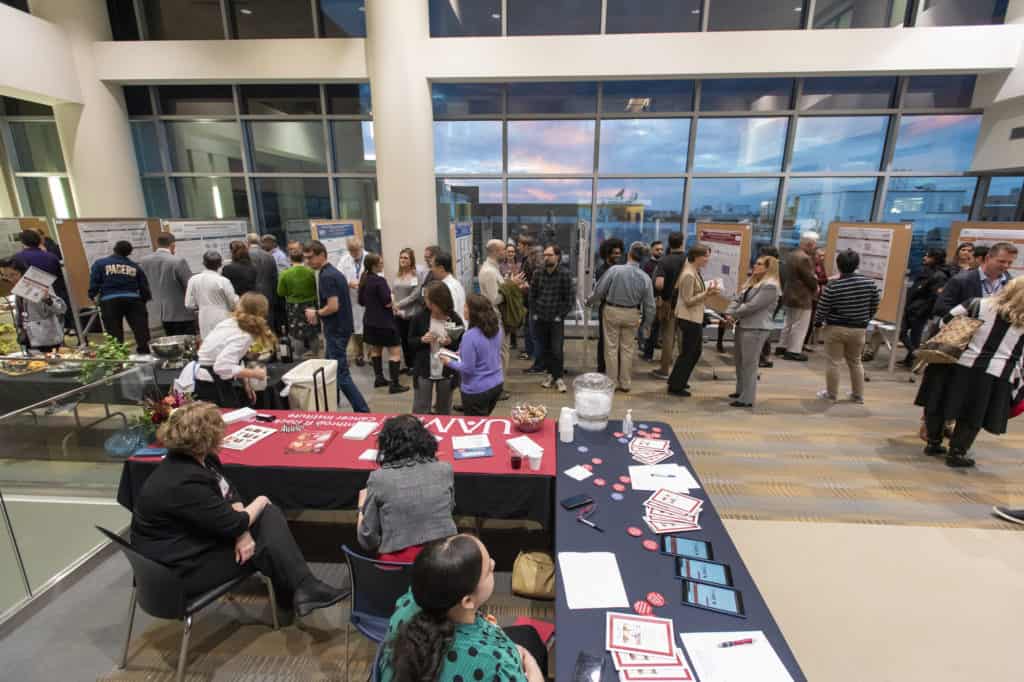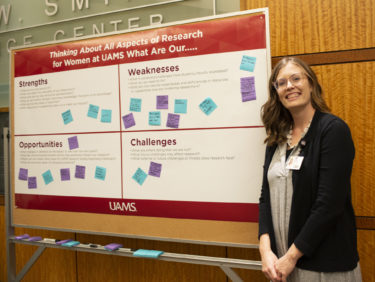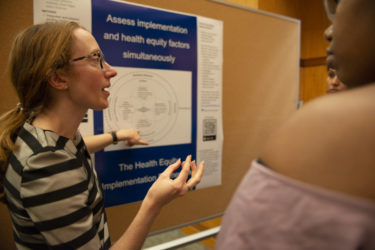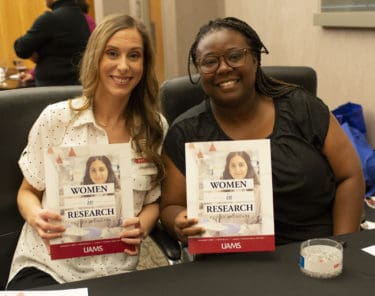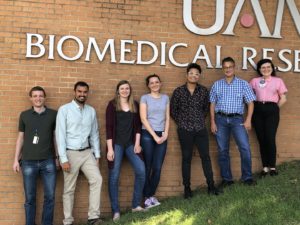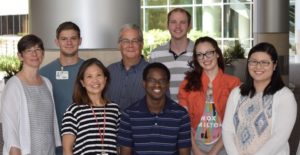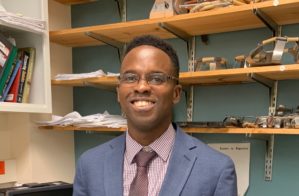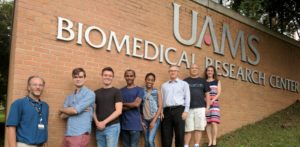 Structural basis for DNA unwinding at forked dsDNA by two coordinating Pif1 helicases.
Structural basis for DNA unwinding at forked dsDNA by two coordinating Pif1 helicases.
Su N, Byrd AK, Bharath SR, Yang O, Jia Y, Tang X, Ha T, Raney KD, Song H.
Nat Commun. 2019
Ramirez AM, Byrum SD, Beenken KE, Washam C, Edmondson RD, Mackintosh SG, Spencer HJ, Tackett AJ, Smeltzer MS. ACS Infect Dis. 2019
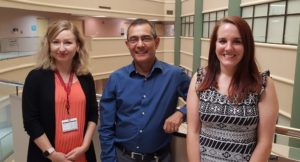 Synthesis and Anticancer Activity of Tertiary Amides of Salinomycin and Their C20-oxo Analogues.
Synthesis and Anticancer Activity of Tertiary Amides of Salinomycin and Their C20-oxo Analogues.
Czerwonka D, Urbaniak A, Sobczak S, Piña-Oviedo S, Chambers TC, Antoszczak M, Huczyński A.
ChemMedChem. 2019
 Integration of Flow Cytometry and Single Cell Sequencing.
Integration of Flow Cytometry and Single Cell Sequencing.
Andreyev DS, Zybailov BL.
Trends Biotechnol. 2019


